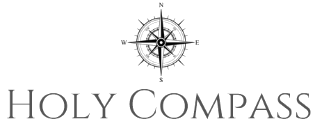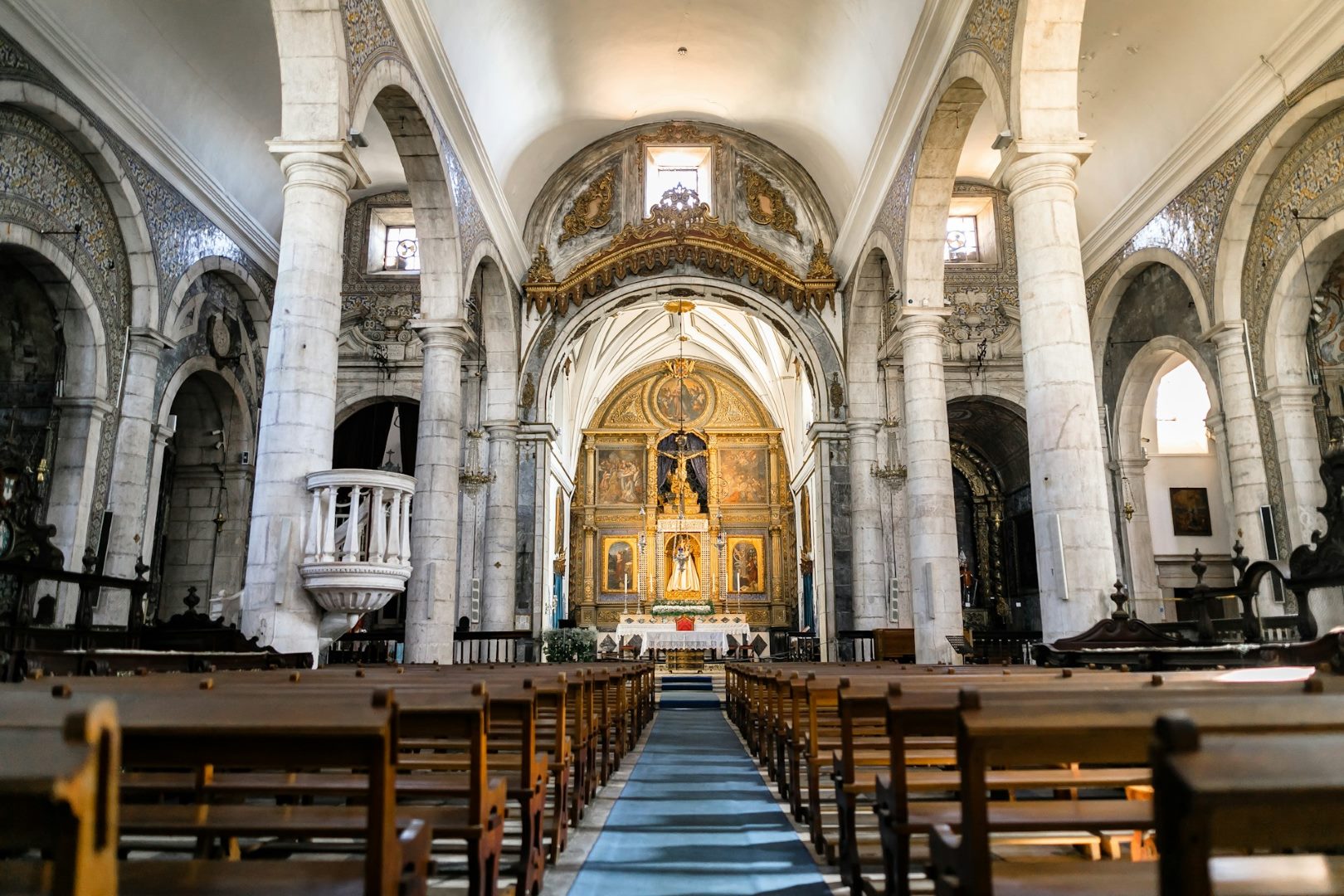The Catholic and Protestant denominations of Christianity represent two prominent branches of the Christian faith, each with its distinct beliefs, practices, and historical development. Understanding the differences between these two major divisions is crucial for appreciating the diversity within Christianity and its impact on religious thought and practices.
Beliefs
Authority and Tradition
- Catholics: Believe in the authority of the Bible, but also recognize the role of tradition, papal infallibility, and the teachings of the Church as authoritative guides in interpreting Scripture.
- Protestants: Emphasize the authority of the Bible as the sole guide for faith and practice, known as “sola Scriptura.” They reject the idea of papal infallibility and the authority of tradition.
Salvation and Justification
- Catholics: Believe in salvation through faith in Jesus Christ, but also emphasize the importance of good works and sacraments in achieving eternal life. They believe that justification is a gradual process involving both faith and works.
- Protestants: Hold to the doctrine of justification by faith alone, known as “sola fide.” They believe that salvation is a one-time event, granted solely through faith in the atoning work of Jesus Christ.
Eucharist and Transubstantiation
- Catholics: Believe in the real presence of Christ in the Eucharist, through the doctrine of transubstantiation. They view the bread and wine as literally transformed into the body and blood of Christ.
- Protestants: Hold various views on the Eucharist, ranging from symbolic interpretations (memorialism) to a real presence without transubstantiation (consubstantiation).
Practices
Sacraments
- Catholics: Recognize seven sacraments: Baptism, Confirmation, Eucharist, Penance, Anointing of the Sick, Holy Orders, and Marriage. They believe that these sacraments are instituted by Christ and convey grace.
- Protestants: Generally recognize two sacraments: Baptism and the Lord’s Supper (also known as Communion). They view sacraments as symbols and rituals.
Liturgy and Worship
- Catholics: Have a structured and elaborate liturgy, typically celebrated in Latin. They emphasize the importance of the Mass, a liturgical re-enactment of the Last Supper.
- Protestants: Have diverse worship styles, ranging from traditional to contemporary. They emphasize the role of preaching, singing, and personal prayer in worship.
Clergy and Church Structure
- Catholics: Have a hierarchical church structure with the Pope at its head. Priests, bishops, and deacons hold ordained positions.
- Protestants: Have a variety of church structures. Some denominations have ordained clergy, while others emphasize the role of lay leaders.
Historical Development
Origins
- Catholicism: Originated from the Western Roman Empire and has evolved over the centuries through the influence of Church councils and papal authority.
- Protestantism: Emerged in the 16th century as a movement seeking reform within the Catholic Church, led by figures such as Martin Luther and John Calvin.
Reformation and Protestantism
- Triggering Factors: The Reformation was prompted by factors such as criticism of papal authority, indulgences, and the perceived need for a return to the teachings of the early Church.
- Key Figures: Martin Luther, John Calvin, and other reformers played pivotal roles in shaping the beliefs and practices of Protestantism.
- Impact: The Reformation led to the establishment of numerous Protestant denominations, such as Lutheranism, Anglicanism, and Calvinism.
Catholic Response
- Counter-Reformation: The Catholic Church responded to the Reformation with the Counter-Reformation, a period of reform and renewal within the Catholic tradition.
- Council of Trent: The Council of Trent (1545-1563) reaffirmed Catholic doctrines and practices, and emphasized the importance of tradition and the authority of the Church.
Examples and Comparisons
| Belief or Practice | Catholic | Protestant |
|---|---|---|
| Authority of Scripture | Bible and tradition | Bible alone (sola Scriptura) |
| Salvation | Faith, good works, sacraments | Faith alone (sola fide) |
| Eucharist | Transubstantiation | Symbolic or real presence without transubstantiation |
| Sacraments | Seven sacraments | Two sacraments (Baptism, Communion) |
| Liturgy | Structured, elaborate, in Latin | Diverse, emphasis on preaching and worship |
| Clergy | Hierarchy with ordained priests, bishops, deacons | Ordained clergy or lay leaders |
Tips for Interfaith Dialogue and Understanding
- Respect Differences: Acknowledge and respect the different beliefs and practices of Catholics and Protestants.
- Focus on Common Ground: While there are differences, both Catholics and Protestants share a belief in Jesus Christ as Savior.
- Engage in Dialogue: Participate in open and respectful dialogue to better understand each other’s perspectives.
- Share Experiences: Share personal experiences of faith and how it has influenced your understanding.
- Avoid Stereotypes: Challenge stereotypes about each other’s denominations and seek to learn from one another.
Conclusion
Catholicism and Protestantism represent two major branches of Christianity with distinct beliefs, practices, and historical development. Understanding the differences between these denominations is crucial for appreciating the diversity within Christianity. While there are theological differences, both Catholics and Protestants share a common foundation in the teachings of Jesus Christ and the belief in salvation through faith. Through respectful dialogue, interfaith understanding can be fostered, promoting unity and mutual enrichment within the Christian community.



